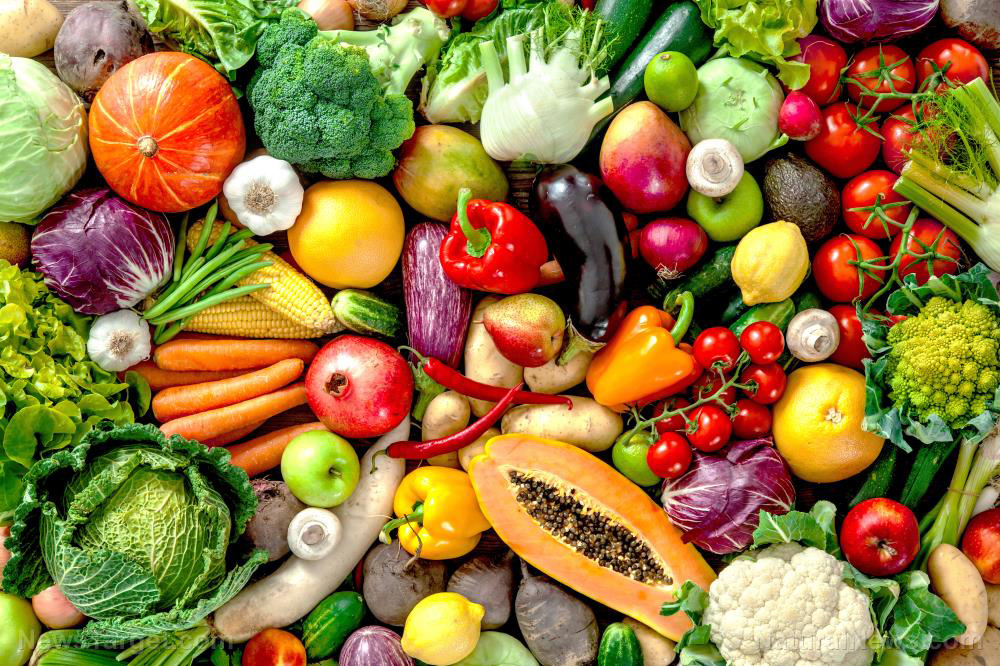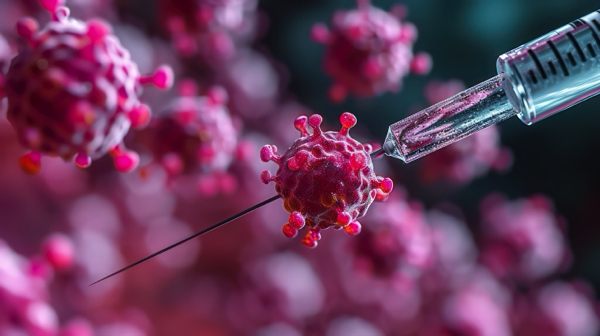Billions of people now deficient in critical life-supporting micronutrients, study finds
09/09/2024 / By Ethan Huff

New research published in the Lancet Global Health journal reveals that more than half of the world’s population is severely lacking in micronutrients like vitamins and minerals.
An astounding 99.3 percent of the entire global population, including some wealthy one-percenters, is lacking in at least one vital nutrient the body needs for wellness, the paper explains.
Researchers collected data from 31 countries and used methodology to extrapolate it as an estimate for micronutrient intake across 185 countries. They looked at 15 micronutrients in particular that are recognized as critical for human health.
The team identified seven common micronutrients that people are most deficient in: calcium, iodine, vitamin E, iron, riboflavin (vitamin B2), vitamin C, and folate. In the United States, vitamin E, iodine, and vitamin C are among the most common micronutrient deficiencies.
Throughout the world, children younger than five years old are generally lacking in iron, zinc, and / or vitamin A.
“Our study is a big step forward,” commented Chris Free, a research professor and the study’s lead co-author.
“Not only because it is the first to estimate inadequate micronutrient intakes for 34 age-sex groups in nearly every country, but also because it makes these methods and results easily accessible to researchers and practitioners.”
Ty Beal, another lead author, called the findings “alarming,” adding that these major “gaps” in micronutrient levels are compromising public health and “limit[ing] human potential on a global scale.”
(Related: Be sure to check out our earlier report about the six essential macro- and micronutrients you need every day for optimal health.)
Are you micronutrient deficient?
Micronutrient deficiency can cause a variety of health problems depending on which micronutrients are missing. The following is a breakdown of the most common micronutrient deficiencies and what happens to the body as a result:
1) Iodine (68 percent): Vital for cognitive development in infants – pregnant and breastfeeding women especially should make sure they are getting enough iodine.
2) Vitamin E (67 percent): Muscle weakness and impaired coordination are common symptoms of vitamin E deficiency.
3) Calcium (66 percent): Without calcium, bones become brittle and weak.
4) Iron (65 percent): Iron deficiency is linked to anemia, which can damage the brain and cause a host of other problems.
5) Riboflavin (55 percent): Lack of vitamin B2 can cause eye sensitivity and neurological problems like seizures and migraines.
6) Folate (54 percent): Pregnant women need to take special care to optimize their folate levels, otherwise they risk stillbirth or bearing a child with severe birth defects in the brain and spinal cord.
7) Vitamin C (53 percent): Lack of vitamin C can cause gum bleeding, poor wound healing, and scurvy.
Vitamin A and zinc are two other micronutrients that people are often lacking, though not as severely as those above. Vitamin A deficiency is linked to blindness while zinc deficiency spells disaster for immunity to disease.
Women are more likely than men to be deficient in iodine, iron, and another critical mineral called selenium. Men, conversely, are generally more lacking in magnesium, vitamin B6, zinc, vitamin A, vitamin C, thiamin (vitamin B1), and niacin (vitamin B3).
“Iron deficiency is the most common cause of anemia, leading to impaired cognition and adverse pregnancy outcomes,” the authors explain in their paper. “Vitamin A deficiency is the leading cause of preventable blindness globally, affecting mostly children and pregnant women.”
In the comments, someone added to the conversation that a lot of this was engineered to strip the human population of the “fuel” we all need for our bodies to work as they should.
“The U.S. has the worst food in the world,” another added, referring to GMOs (genetically modified organisms), chemical preservatives, petroleum-based food colorings, and other toxic food additives that are banned in a lot of other countries but rampant throughout the U.S. food supply.
If stories like this interest you, more of them can be found at FoodScience.news.
Sources for this article include:
Submit a correction >>
Tagged Under:
#nutrition, Censored Science, Dangerous, discoveries, disease causes, food science, health science, illness, Lancet, men's health, micronutrients, minerals, nutrient deficiency, nutrients, prevent disease, real investigations, research, supplements, vitamins, women's health
This article may contain statements that reflect the opinion of the author




















